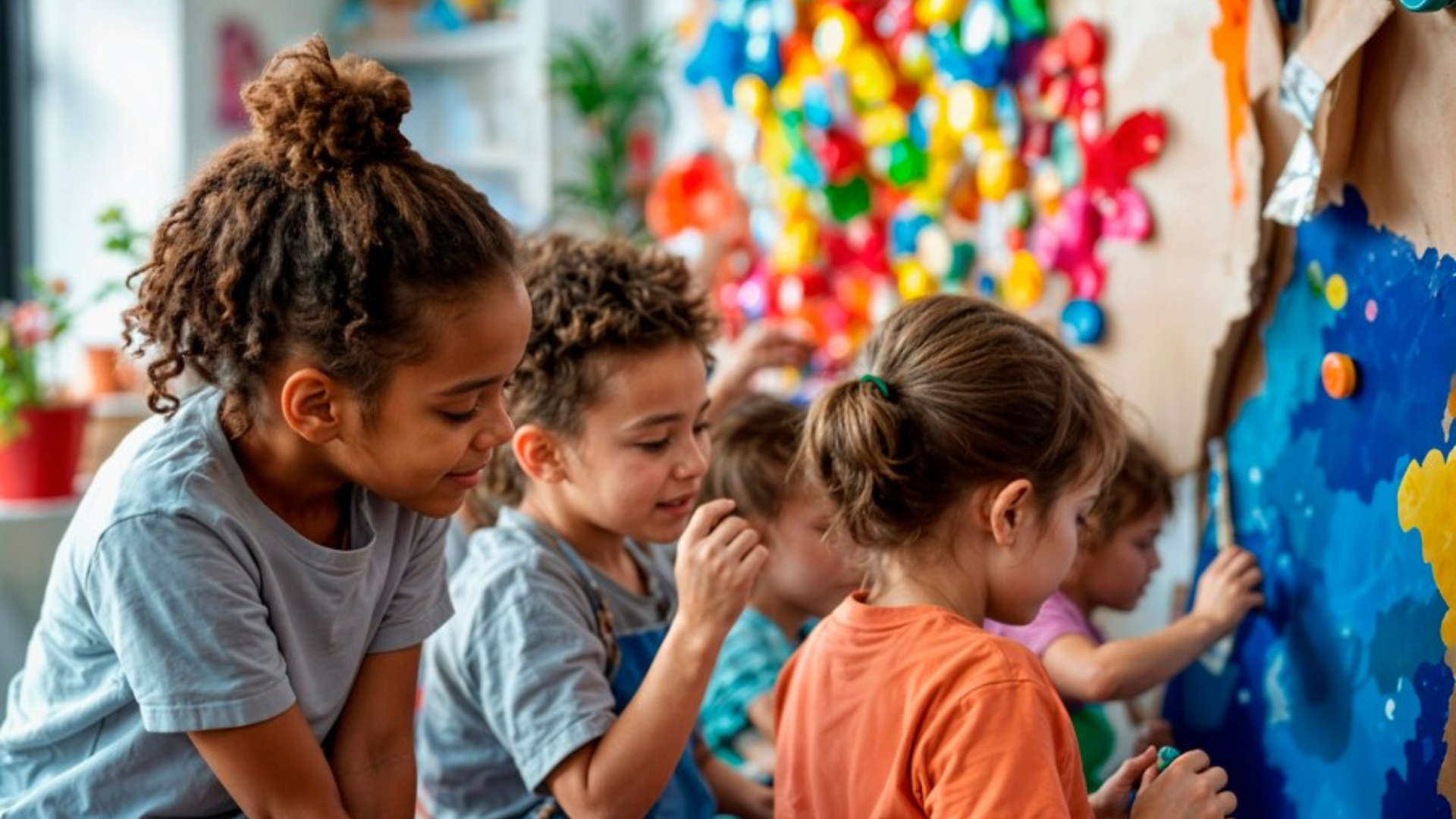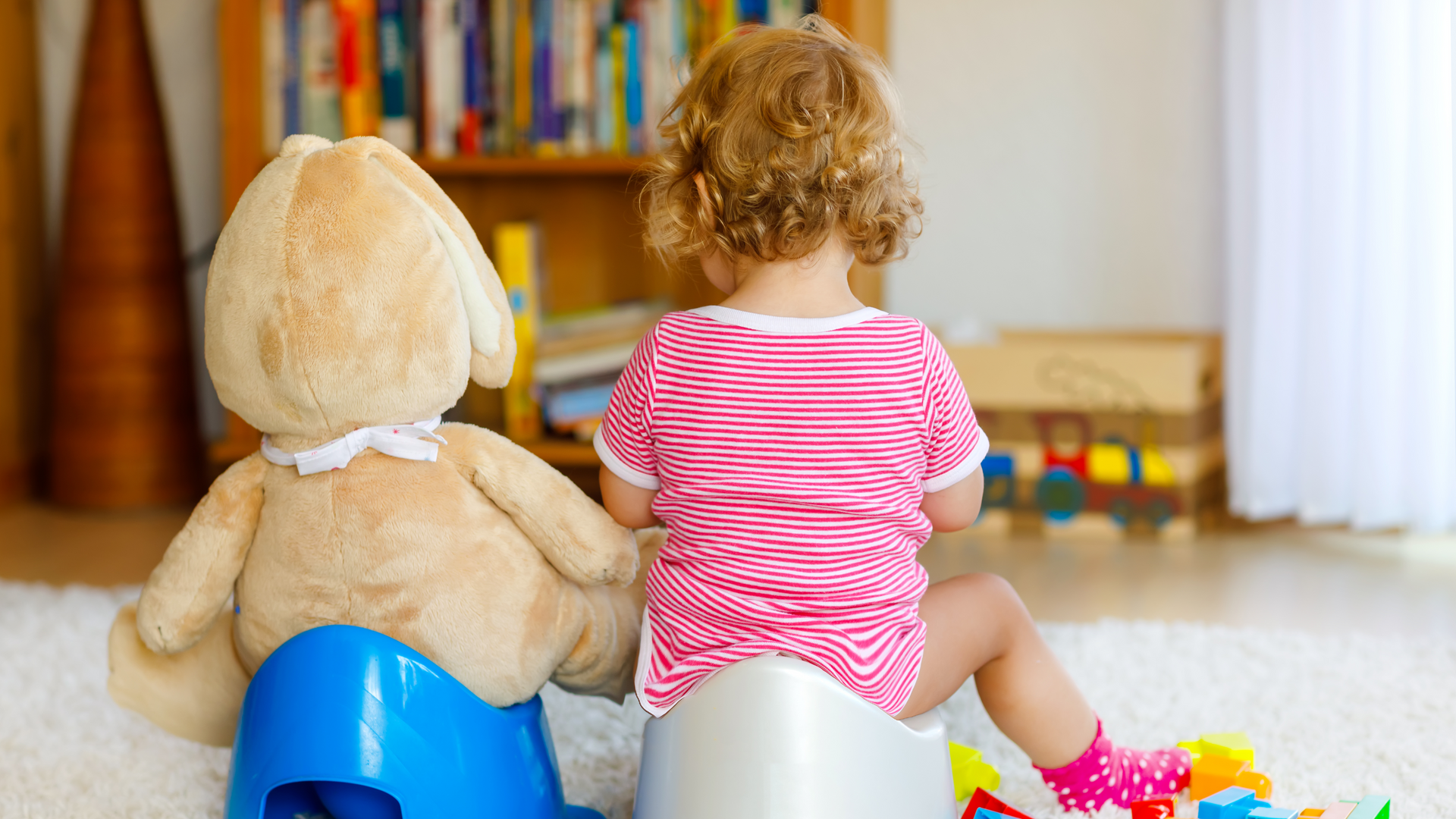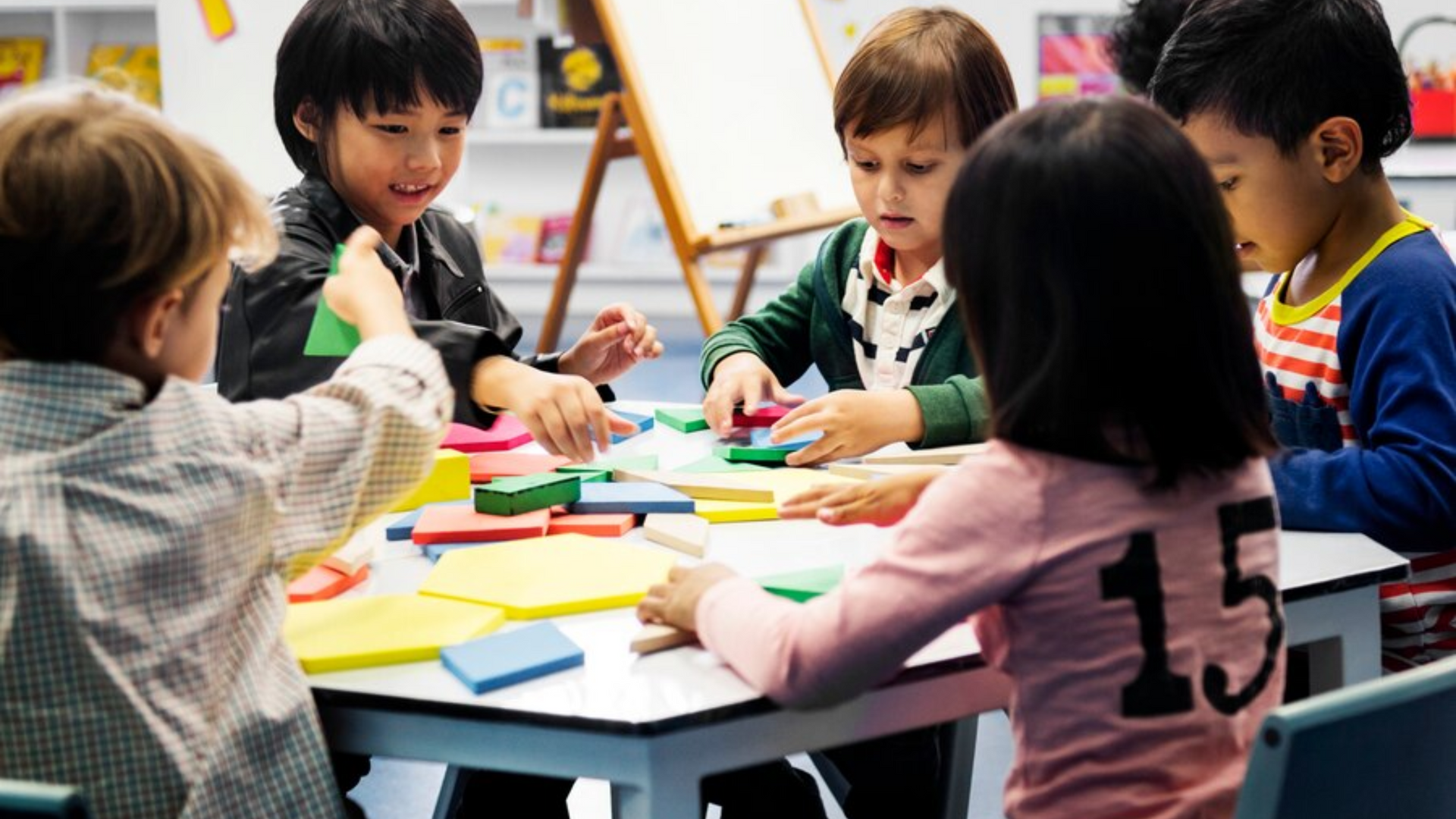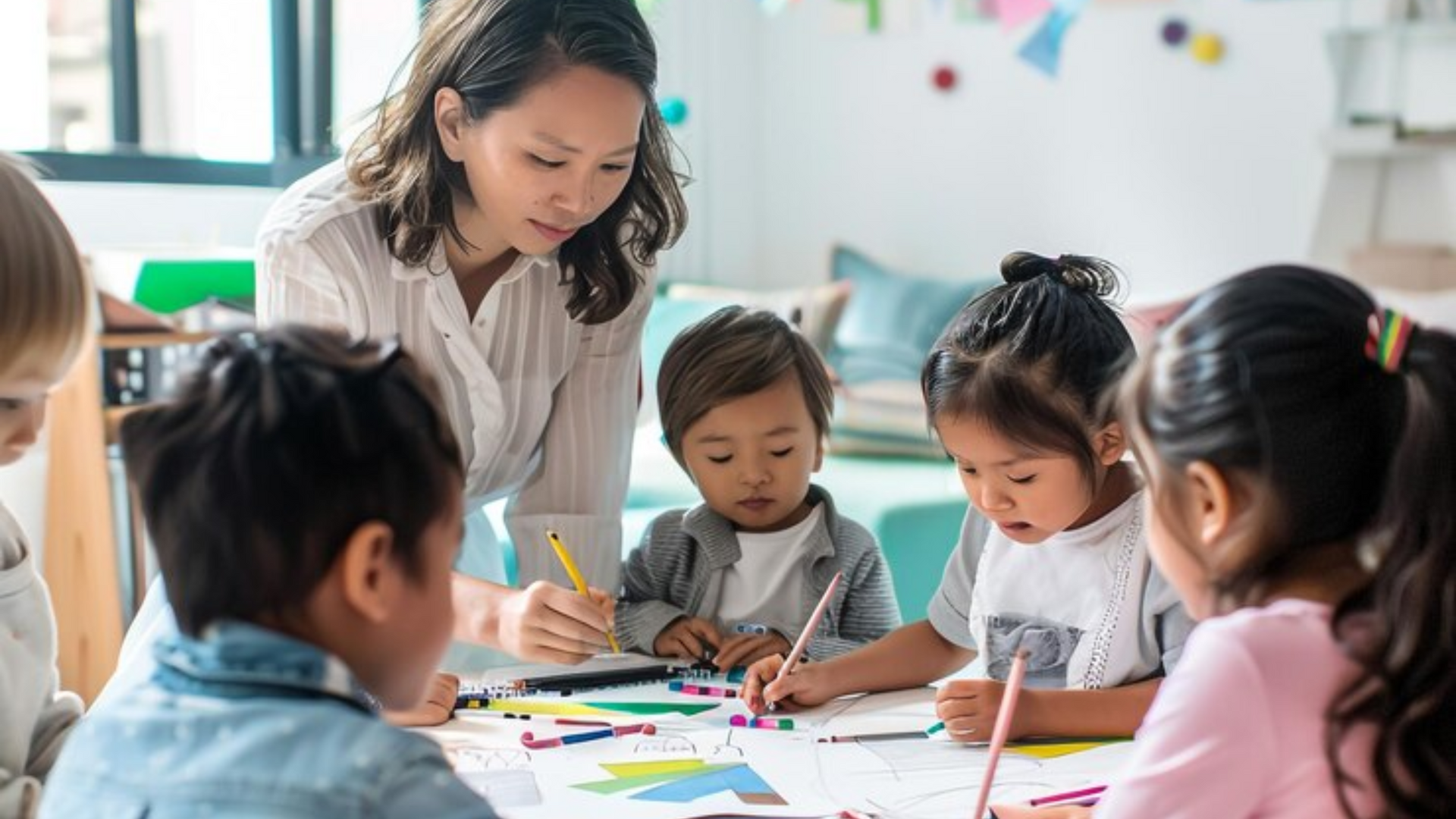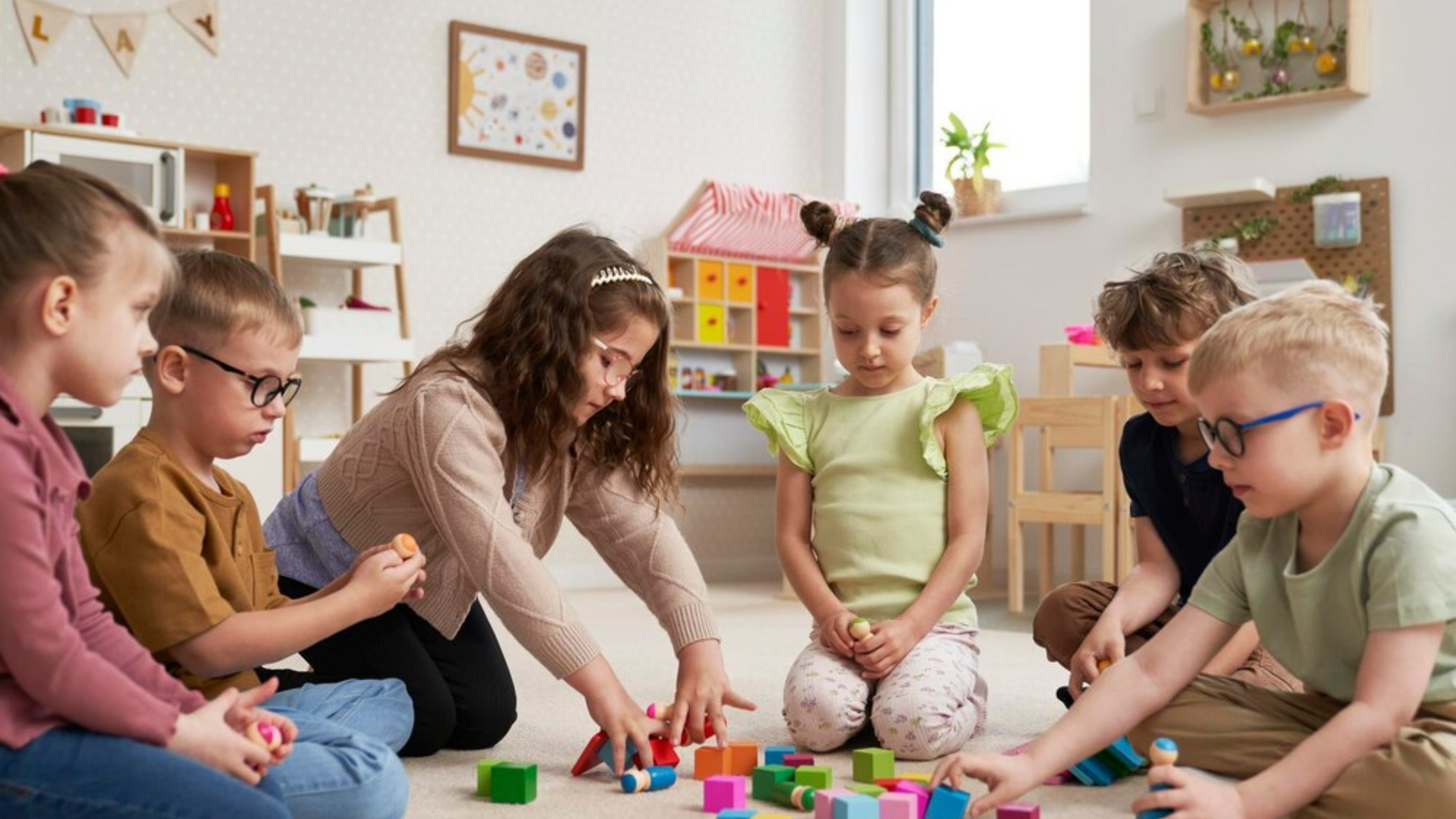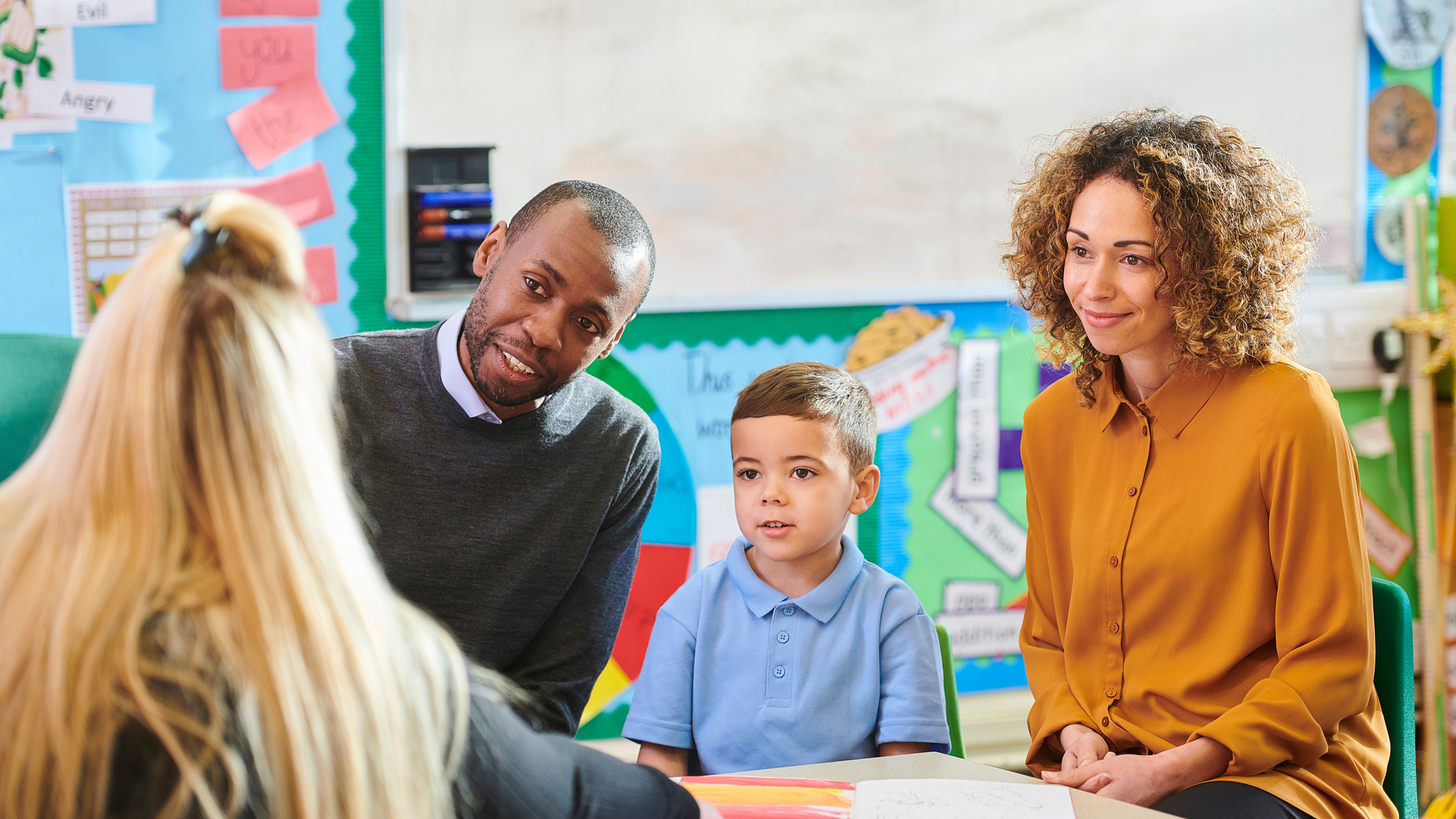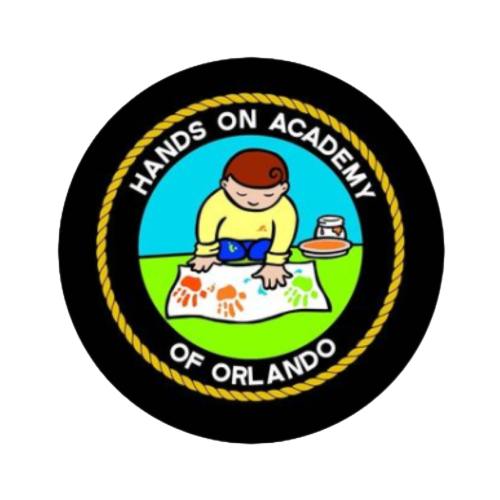The Transition from Home to Preschool: Tips for Parents

The transition from home to preschool can be an emotional and challenging experience for both children and their parents. For many children, it is the first significant separation from their caregivers, and for parents, it can feel like a monumental step in their child's development. At Hands-On Academy of Orlando, we understand that this transition is an important one, and we are dedicated to making it as smooth and positive as possible.
Starting preschool is a big milestone in a child’s life, and it can bring up a range of emotions. Children may feel nervous or anxious about being away from home, while parents may experience feelings of uncertainty and worry. However, with the right preparation, communication, and mindset, the transition from home to preschool can be a smooth and successful experience for everyone involved.
In this blog post, we’ll provide practical tips for parents to help ease the transition and make the first day of preschool—and beyond—a positive experience. From setting realistic expectations to building a strong routine, these tips will help ensure that children feel comfortable, confident, and excited about their new preschool journey.
1. Start Preparing Early
The transition from home to preschool doesn’t happen overnight. The earlier you begin preparing your child, the more confident they will feel when the big day arrives. One of the best ways to prepare is by talking about preschool in the weeks leading up to the first day. Use positive language and focus on all the fun and exciting aspects of preschool, such as making new friends, playing with toys, and learning new things.
As you talk about preschool, it’s important to answer your child’s questions in a way that is honest but also reassuring. Children may have concerns about being away from you, and it’s normal for them to feel a little anxious. Reassure them that they will be safe and that you will be there to pick them up at the end of the day. If possible, take your child on a visit to the preschool before the first day so they can meet the teachers, explore the classroom, and become familiar with the environment. This will help them feel more comfortable and confident when they return.
2. Establish a Consistent Routine
Children thrive on routine, and one of the best ways to ease the transition from home to preschool is by establishing a consistent daily routine. A predictable schedule helps children feel secure and reduces feelings of uncertainty. Start practicing a similar routine to what your child will experience at preschool, especially in the mornings and evenings leading up to the first day.
For example, begin setting regular bedtimes and wake-up times to help your child adjust to a new sleep schedule. If preschool starts early in the morning, make sure your child is getting enough sleep and waking up with enough time to get ready without feeling rushed. Establishing a consistent breakfast routine and allowing time for getting dressed and preparing a bag for school will also help your child adjust to the structure of the day.
If your child has a favorite blanket or stuffed animal that provides comfort, allow them to bring it with them on the first day of preschool. Familiar items can provide reassurance and make the new environment feel more comfortable.
3. Create Positive Associations with Preschool
To ease your child’s anxiety, it’s essential to create positive associations with preschool before the first day. Talk about the fun activities that will take place at school and highlight the new experiences your child will have. Whether it’s crafting, playing with new toys, singing songs, or making new friends, frame the preschool experience as something exciting to look forward to.
At Hands-On Academy, we strive to make each child’s first day a positive and welcoming experience. We offer plenty of opportunities for children to explore, learn, and interact with others in a safe and nurturing environment. You can help your child get excited about this by focusing on the fun aspects of preschool and emphasizing that school is a place where they will grow and have fun.
4. Keep Goodbyes Short and Sweet
On the first day of preschool, saying goodbye can be one of the hardest parts for both parents and children. It’s natural for children to feel upset when they separate from their parents, and it can be difficult for parents to walk away. However, keeping the goodbye short and sweet is crucial in helping your child feel more comfortable and secure.
If your child becomes upset when it’s time to say goodbye, offer a quick hug and kiss, reassure them that you’ll be back soon, and leave with a smile. The more confident you are, the more confident your child will feel. Avoid lingering or making the goodbye drawn out, as this can increase your child’s anxiety. Trust that your child is in good hands with the preschool staff, and remember that they will quickly settle into the day once you leave.
At Hands-On Academy, our experienced and compassionate teachers are skilled at comforting children and helping them adjust to their new environment. Our team creates a warm and welcoming atmosphere that allows children to feel secure and supported throughout the day.
5. Be Consistent and Calm
The transition to preschool can be challenging for children, but it’s essential to stay consistent and calm. Children take cues from their parents, so if you’re feeling anxious or unsure, they may pick up on those feelings. Try to remain positive and confident about the transition, even if you’re feeling emotional. This helps your child feel more secure and reassured about the experience.
If your child is reluctant to go to preschool, remain patient and understanding. Encourage them to express their feelings and acknowledge their emotions. Let them know it’s okay to feel nervous or scared, but that preschool is a wonderful opportunity to learn new things, meet new friends, and have fun.
In the weeks following the first day, keep the routine consistent and avoid making any major changes to your child’s schedule. Over time, your child will become more accustomed to the preschool environment and will likely begin looking forward to their days there.
6. Stay Involved and Communicate with Teachers
Once your child starts preschool, staying involved and maintaining open communication with the teachers is essential for a smooth transition. At Hands-On Academy, we believe in building strong partnerships with parents to ensure each child’s needs are met. Our teachers are always available to answer questions and provide feedback on how your child is adjusting to the preschool environment.
Attend parent-teacher conferences, participate in school events, and stay engaged with the daily activities happening at preschool. This will help you stay informed about your child’s progress and create a sense of continuity between home and school. Regular communication with the staff also gives you an opportunity to address any concerns or challenges that may arise.
7. Celebrate Milestones and Progress
The transition to preschool is a significant milestone for both parents and children. Be sure to celebrate your child’s achievements, no matter how small. Celebrate their first day with a special treat or activity, and acknowledge their growing independence and bravery.
As your child begins to settle into preschool, take time to celebrate the positive changes you observe. Whether it’s making new friends, participating in class activities, or simply being more confident, these milestones are a testament to your child’s growth and development.
At Hands-On Academy, we celebrate every child’s progress and growth, and we encourage parents to share in these moments of success.
8. Be Patient and Flexible
Lastly, remember that the transition to preschool may take time, and that’s okay. Some children may adapt quickly, while others may need more time to adjust. Be patient and flexible with your child as they navigate this new chapter in their lives. Offer plenty of love, support, and encouragement during this time of change, and trust that they will eventually settle in and feel more comfortable with the routine.
It’s also important to remember that occasional setbacks or difficulties are normal. If your child has a tough day or struggles to adjust, continue offering reassurance and keep communication open with the teachers. The preschool experience is a learning process for both children and parents, and with time, your child will gain confidence and enjoy their time at school.
Conclusion
The transition from home to preschool can be a challenging experience, but with the right support, preparation, and mindset, it can also be an exciting and rewarding milestone for both children and parents. By starting early, establishing routines, keeping goodbyes short, and maintaining consistent communication, you can help your child feel secure, confident, and ready to embark on their preschool journey.
At Hands-On Academy of Orlando, we are committed to providing a safe, nurturing, and supportive environment for every child as they take this important step. If you're considering when to start childcare and want to learn more about the benefits of early enrollment, check out our articles on
What’s the Best Age to Start Childcare and
7 Advantages of Early Childcare Enrollment to gain valuable insights into how starting early can benefit your child’s development.

